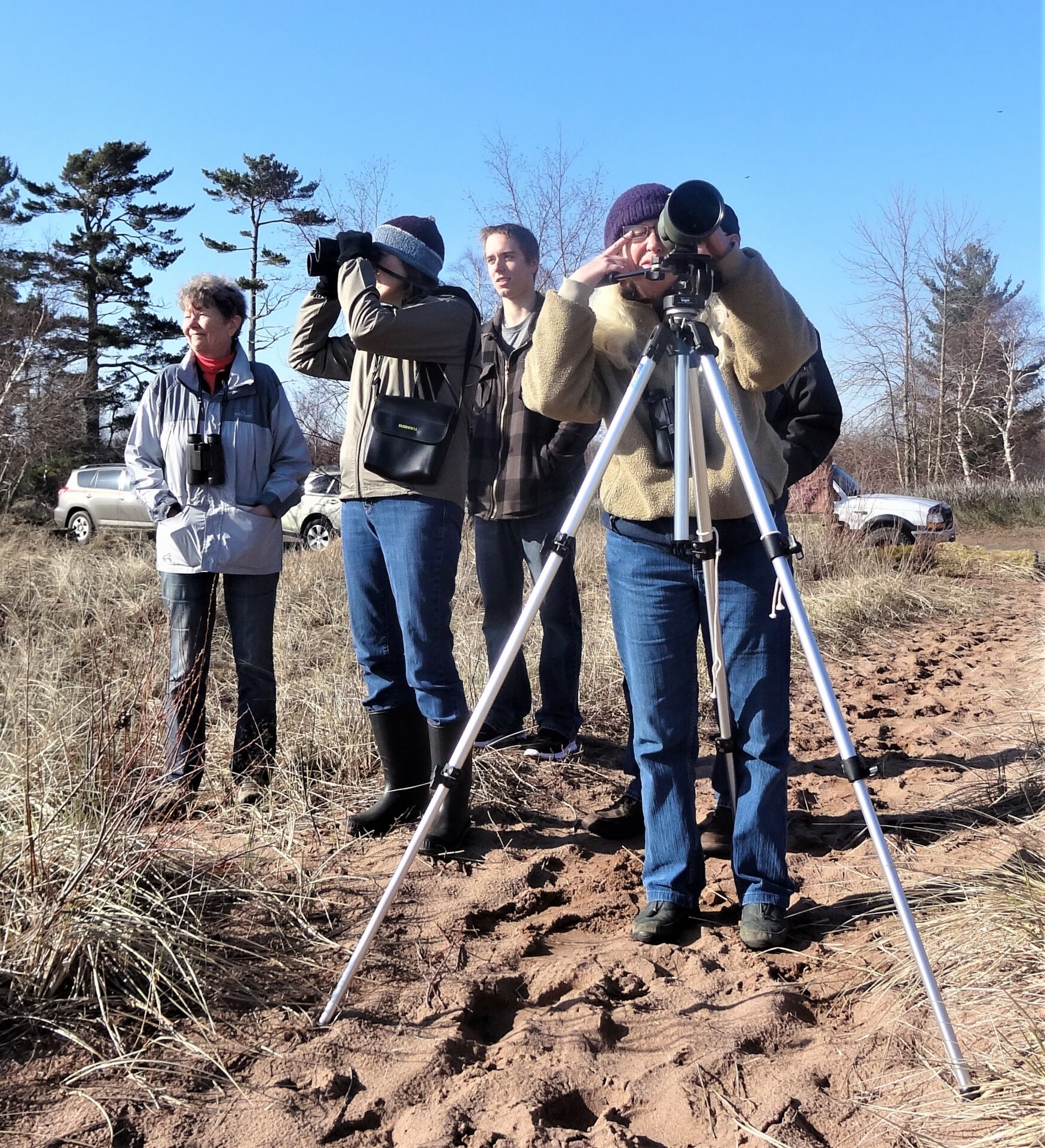Contractors looking to construct the perfect water garden for their customers want to build a backyard paradise of beauty and tranquility, not an environmental hazard. And sellers of plants and animals for those gardens want then to stay in the gardens, not to escape and cause trouble.
But trouble can result if both groups aren’t cautious about how they build water gardens and the types of fish and plants they choose to populate them. Common invasive species like goldfish and koi, as well as plants like parrotfeather and purple loosestrife can disrupt the environment if they’re released deliberately or escape accidentally through unexpected flooding.
Now there’s an easy-to-access resource to help contractors and store owners avoid problems when building water gardens. “Beauty Contained: Preventing Invasive Species from Escaping Water Gardens,” a 12-minute video co-created by Wisconsin and Illinois-Indiana Sea Grant through a Great Lakes Restoration Initiative grant, offers important tips and resources to businesses that deal with water gardens.
“Aquatic invasive plants negatively impact our lakes and rivers, and millions of dollars each year are spent controlling these problematic plants,” said Tim Campbell, Wisconsin Sea Grant’s invasive species outreach specialist. “This is a case where a little information can make a big difference. If this video helps prevent even a single release or escape, it’s more than worth it.”
The video, produced by Wisconsin Sea Grant, identifies several types of risky invasive plants sometimes found for sale in stores—think hydrilla, water hyacinth and phragmites—and points viewers to key resources, like the website takeaim.org, that can help identify them and suggest non-invasive alternatives. The video also provides specific instructions for nursery and pet store operators to clean, store and prepare fish and plants for sale to prevent the spread of pathogens and unwanted hitchhikers. Water garden designers, meanwhile, are instructed to be careful to not place gardens in proximity to existing bodies of water, as flooding could facilitate plant and fish escapes.
“Beauty Contained” is available to view on Wisconsin Sea Grant’s YouTube channel (https://youtu.be/HrLhM4woCpE). DVD copies can also be requested by contacting Wisconsin Sea Grant at tim@aqua.wisc.edu.





